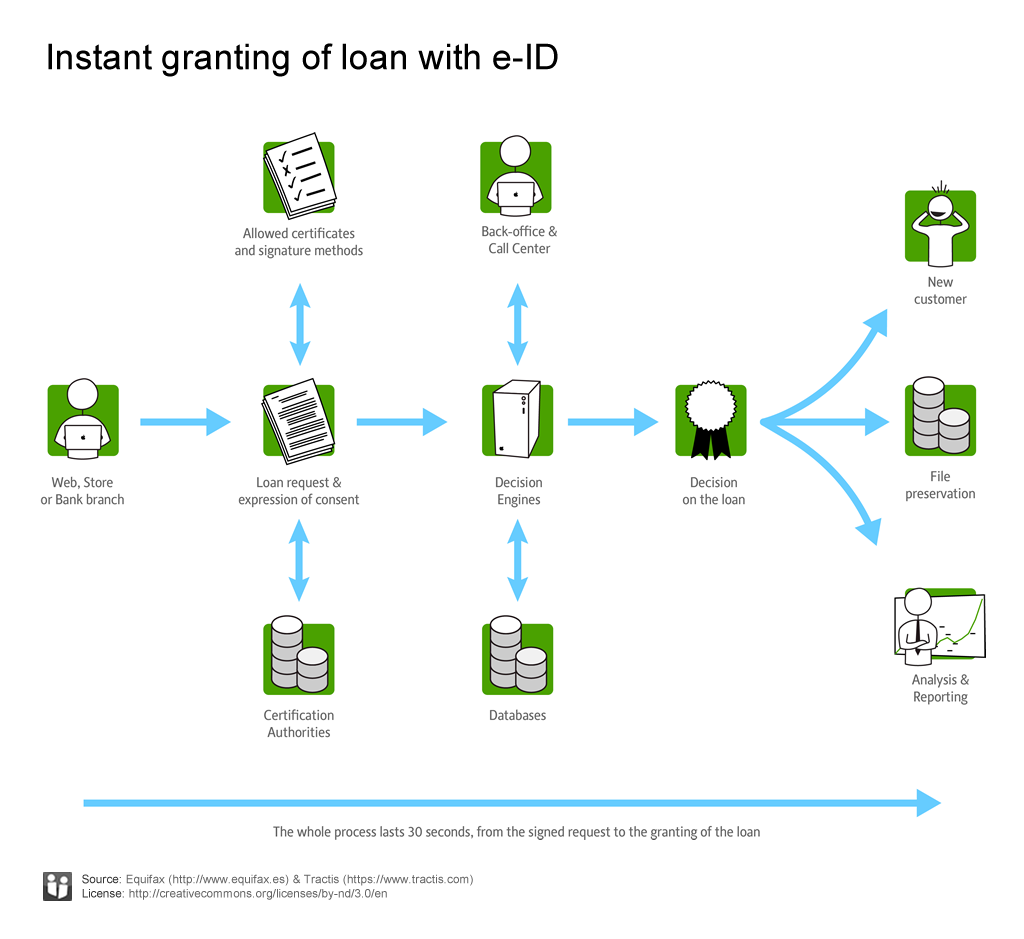

Other risks that depositors may have (such as the risk that banks will not pay interest or high enough interest rates) are incidentally compared to the return of their deposits. It is likely that most banks refuse to return deposits to their depositors and the FDIC insures bank deposits up to a fixed amount, so this risk is relatively low. However, depositors do not really have a number of risks comparable to that of bankers, because the safeguards are in place. Most significant, is your concern about credit risk If the bank goes bankrupt, the depositor wonders if he can recover the money he deposited.
BANK LOAN RISK ENGINE SERIES
Depositary Risksĭepositors have their own series of risks. If it turns out that loan payments are not high enough to cover deposit costs (or if the bank’s profit on loans is less than deposit losses).

Interest risk represents the possibility that the bank has somehow valued its loans and interest rates incorrectly, either the bank’s fault or the ever-changing market’s fault. In addition, the banker is assuming the “interest rate risk”, which is more subtle, but present. When a banker makes a loan, he is taking the risk that the borrower pays the loan (credit risk), and also that the borrowed funds will not be necessary to pay the withdrawals or to take care of regular banking business, thus avoiding the runs banking (liquidity risk). When a bank makes a loan, however, there are several ways in which the profit model can turn against it. Theoretically, at least, banks earn money when they combine small savings deposits of the people and they gather those funds in loans, which they lend to solvent borrowers, who pay again more interest than the bank pays to the depositors, generating a profit for the bank. The point of taking risks in the first place is to get an opportunity for greater profitability and when banks make loans, they are undertaking various types of risk, hoping to have a return.

Different investments are going to be good for different people, but with most investments, the two things that will be analyzed are the risks associated with the investment and its potential return. But nevertheless, The stock market is a high-risk vehicle that can generate higher remuneration (around 11% per year is considered the nominal historical return of the stock market) or result in loss. Treasury bills are reliable, but not very profitable. For example, it is relatively easy to obtain fair compensation on a Treasury bill, although the rate will be less than 5% per year. In general, the greater the potential for return, the more risk there could be Economists call this an inverse relationship. You run the risk of dropping your ice cream cone every time you have one in your hand, you’ll want to think about it that way. “Risk” means the possibility that your investment, time, effort or money will be lost instead of being used productively. There are risks associated with all actions. Much of the economy can be characterized by an exchange between risk and return. The risk in bank loans can be: credit, non-payment on time or at all, interest rate, decrease in loan interest rates and the bank does not earn enough and the liquidity risk, that is Deposits are quickly withdrawn from the bank, leaving it short of immediate cash. Risk is the probability of certain results or the uncertainty about them, especially an existing negative threat attempting a monetary objective. Detailed risk analysis requires understanding its meaning. There are many risks associated with bank loans, for the bank and lenders.


 0 kommentar(er)
0 kommentar(er)
